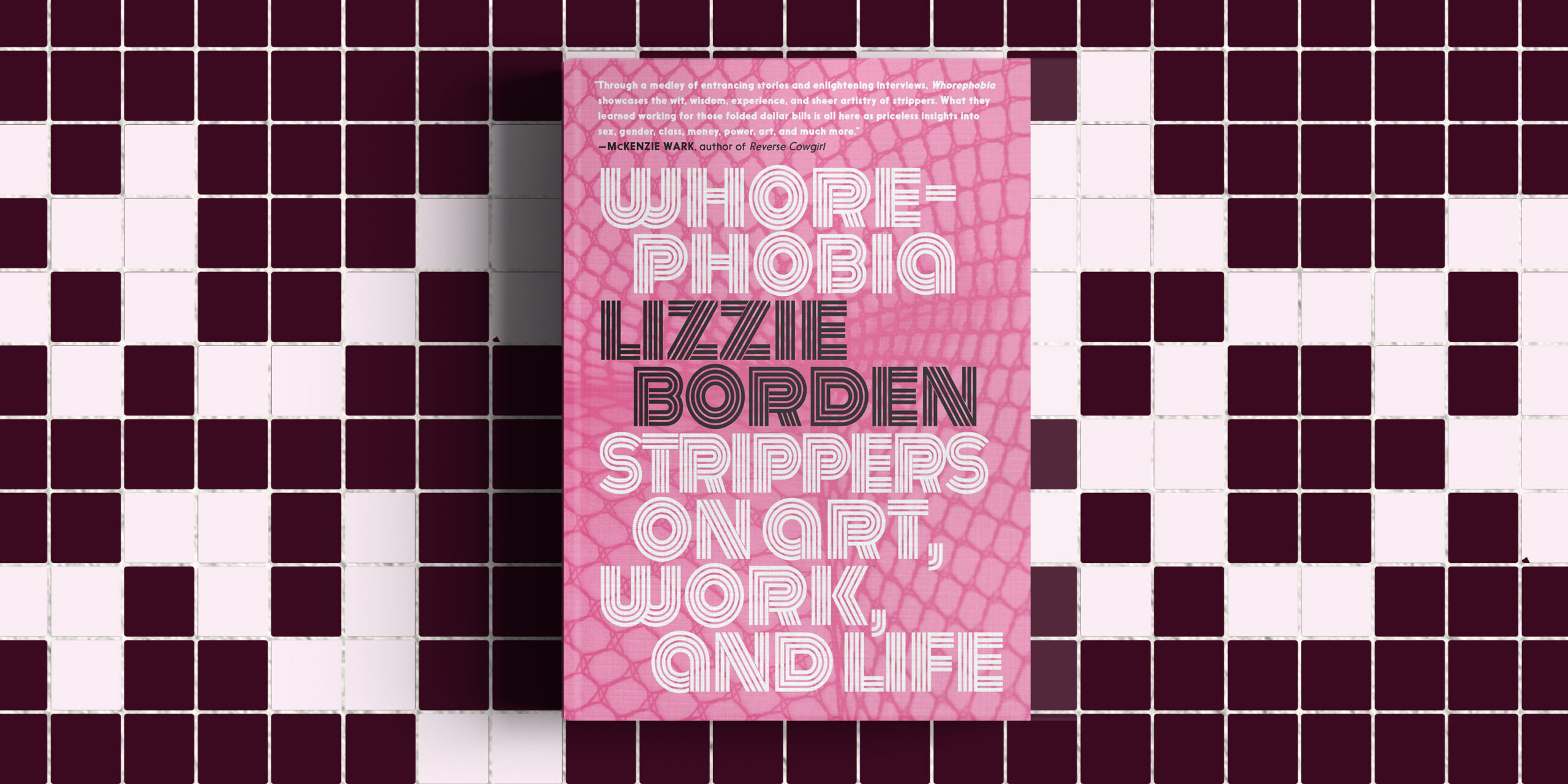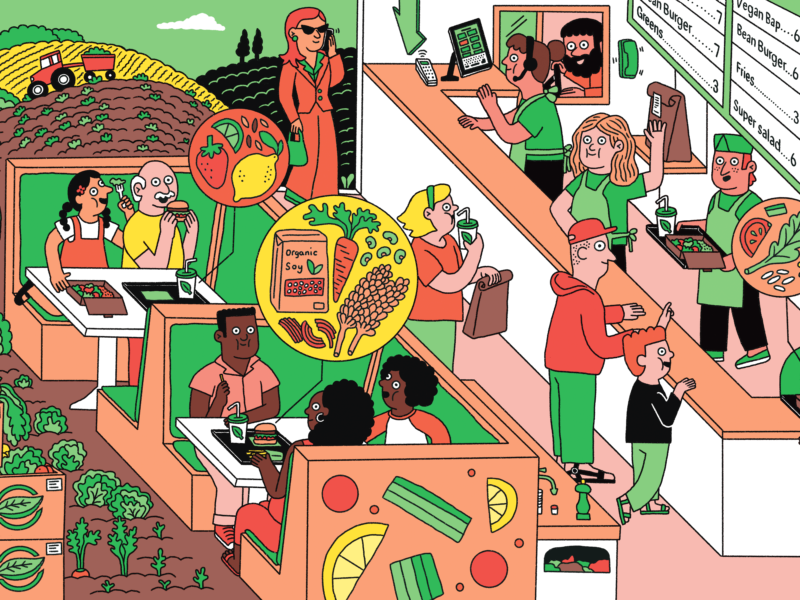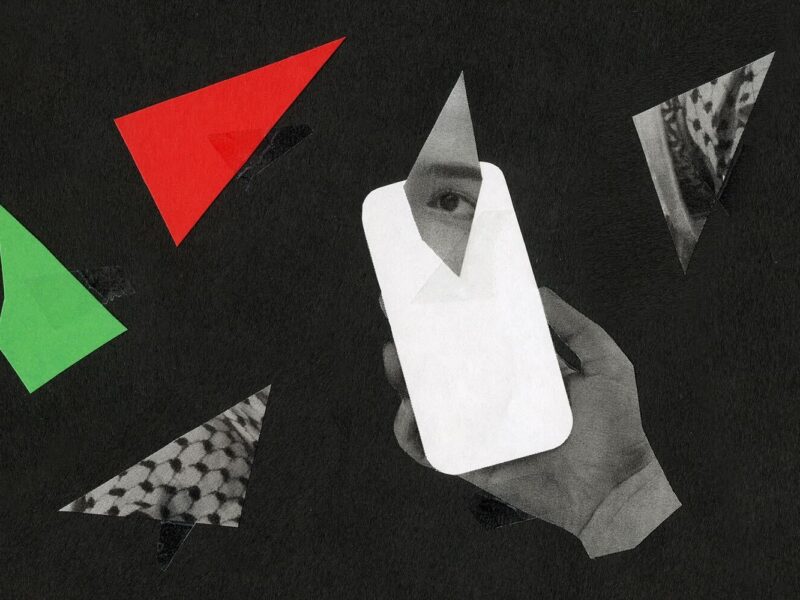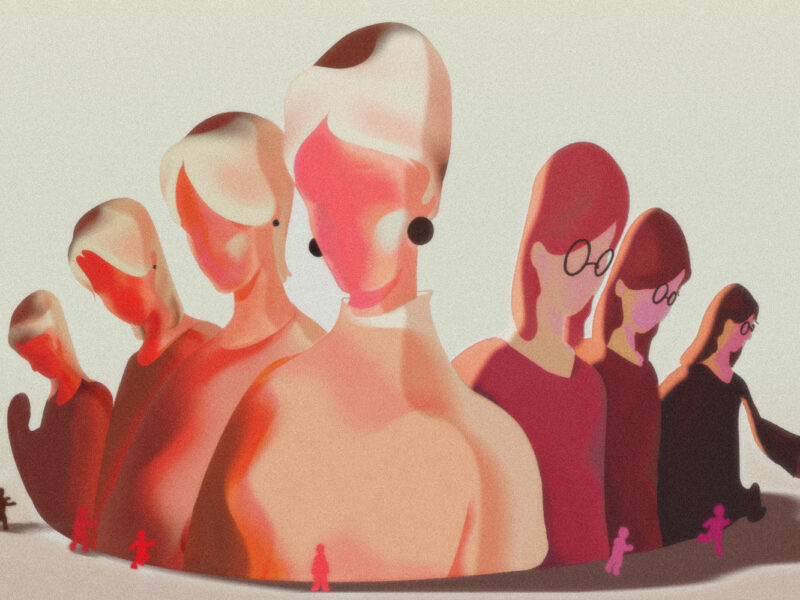Nothing bristles against whorephobia and class shame like a bunch of fierce strippers unionizing a strip club and then becoming a union collective.
“You live through that little piece of time that is yours, but that piece of time is not only your own life, it is the summing-up of all the other lives that are simultaneous with yours. It is, in other words, History, and what you are is an expression of History.”
—Robert Penn Warren
I stripped in nude clubs before I could legally drink. It was the early nineties, in San Francisco, and my friends were unkempt, chain-smoking queer punks who wore beat-to-shit ripped slips that looked like they were stolen from some grandma’s dumpster. I wasn’t chic grunge like Courtney Love, who stripped on Hollywood Boulevard at Jumbo’s Clown room back then. I was broke. I was undone. I worked at a used clothing store on Haight Street for minimum wage, which, in 1992, was $4.25 an hour. I spent my lunch break selling T-shirts I found in trash piles on put-out night, hoping to make enough for a burrito next door. If I lucked out, I scored a burrito and bus fare. When I couldn’t afford bus fare, I walked straight to the Century, a grubby nude club where drugs were plentiful and twenty-dollar bills were rare.
Some of the strippers at the Century gave grand performances, with boas and whips and choreographed moves like in Fame. I merely darted to the dressing room before my stage set to put on something I could take off. The dressing room was down many narrow steps and through a low door, a smoker’s basement with a dirt floor that we called “the Crypt.” Luscious, Micky, Destiny, and I ashed our cigarettes on loose planks of wood. I was addicted to meth, but heroin was big then. My coworkers slid in the dark theater from lap to lap, or nodded off, or went to law school.
The Century was where I fell for stripping. Stripping is a hard, taxing job. It entails waiting, hustling, and negotiating personal physical boundaries in a place where strangers assume access to your body. As an art form, stripping is joyful, magical, and adrenaline-inducing. But it was also emotionally and politically confusing. Stripping contained that tension for me and has held me in its grip for twenty-nine years.
On the one hand, stripping was a public-facing revolt against demure femininity and heterosexual norms. Monetizing straight desire and performing as patriarchy’s plaything was fun and lucrative; lap dancing was fast money earned in the dark. At the time, feminist performance artists like Karen Finley, Laurie Anderson, Diamanda Galás, and Lydia Lunch challenged second-wave feminist ideals by performing desire and rage as a poetic disruption. They used their bodies as a site of protest against sexual shame, misogyny, and homophobia.
Stripping felt powerful back then, but not every second was an empowering feminist orgy. The job was not something I advertised to my friends or family. Deeply puritanical ideas about sex and class informed our cultural lives and affected dancers’ feminist visions of ourselves as deviants, artists, or societal failures. Among my peers, my life as a queer stripper was considered sleazy, even if it was rebellious. Dykes I dated were skeptical or downright disapproving of the sex industry, and they let me know it. Deep down, they believed the patriarchal party line that sex work was intrinsically wrong, even if they refused to admit it. One of my girlfriends threatened to break up with me if I continued full-contact lap dancing; she preferred my tenure in the live peep show behind glass at the Lusty Lady. She followed through with that promise eventually—but not before I joined a group of startlingly intelligent live nude girls who began unionizing the Lusty Lady in 1996 and eventually became the Exotic Dancers’ Alliance.
Stripping is a working-class grind.
Over the next decade, my customers became regulars, which turned me into a professional stripper who had the audacity to keep a schedule. I stripped on holidays, on weekends, and during sports events. I squirreled away cash in envelopes under my bed. My lust for financial security and love for travel led to many road trips on the search for gold mines; I stripped in Las Vegas, Hawaii, and New Orleans with only the tips and tricks of other stripper friends to guide me. This was five years before Facebook and nine years before the creation of the iPhone, which granted every sex worker the ability to screen a client in the palm of their hand.
I learned everything I know about where and how to strip by talking to seasoned strippers I befriended on the job. Strippers know where to find the money clubs and which shifts are the best ones there. They know how the fees and fines work and which managers to avoid. They know which clients to talk to and who is a time waster. I highly recommend talking to veterans in person, at work, about what they’ve learned. They are a part of my history, just as I am a part of yours.
Not only did we not text back then, but we also communicated without apps, websites, email, or the terminology strippers now use to accurately discuss the complexity of client relationships that progress outside the strip club. The fact was that I simply trusted certain clients to take me shopping or out to dinner. I indulged some of my clients in their fantasy that I was their girlfriend, their human vacation. And I charged as much as I could while maintaining a straight face.
When I moved to Los Angeles in 2004, I searched the vast whorescape that is the San Fernando Valley and Hollywood for a strip club to call my home—to no avail. Clubs in Los Angeles County were miserable, empty places with no use for a chubby, tattooed thirty-four-year-old with a women’s studies degree from Mills College. I did strip briefly at Cheetahs, Pleasures, Knockouts, and Nicholas, but the hustle baffled me; Los Angeles clients were cheap, unreliable, and awful. Unlike in San Francisco or New Orleans, where strippers are culturally relevant VIPs, Los Angeles treats non-famous strippers like the least favorite gum grabbed on the way out of the gas station. Perhaps this is due to the cultural prevalence of the porn industry that dominates the field here, rendering strippers an afterthought.
That same year, my mother was diagnosed with aggressive bile duct cancer. I was panicked and stressed, untethered by her illness. I constantly drove back and forth from LA to where my mother was hospitalized in my hometown. I switched from stripping to other types of sex work that required less of me, timewise and commitment-wise, where I could snatch as much cash as possible and still answer my phone in case my mother called.
Stripping outside the club entailed risks that were hard to anticipate, like depending on strangers to pay when they say they will and having no security whatsoever from violence. One night I stripped as “Ginger” at a Gilligan’s Island–themed fortieth birthday party. Shit-faced party guests grabbed my friend, a petite, impeccable “Maryanne,” and threw her in the pool, despite her frantic, screaming pleas that she couldn’t swim. I jumped in the pool after her, carried her out fully clothed, and scolded the organizer. I told them the least they could do was pay for her lost contact lenses and vintage clothing. A woman wrote me a check, and we left. But what if my friend had drowned? I had assumed the gig would be an easy one-off. No one knew where I was that night.
The next day, the check was canceled.
~
In 2007, at the age of sixty-two, my mother died. That same week, I attended my first class in an MFA program she had encouraged me to apply to before her illness. “Get that degree,” she said. I was heartbroken, and I was alone, but I got my MFA.
Around this time, the club in Pasadena where I stripped shut down. I was out of options and broke as fuck. My friend Kara told me about her lucrative “massage” hustle. She showed me how to put up photos and ads on sites like Backpage and Eros and—lickety-split—I was a hand job whore. At first, we mostly saw her regulars, like CJ, a chipper guy in his sixties. He’d eat her pussy while I jerked him off, and he always said the same shit: “What exemplary customer service.” Eventually, he gave Kara trichomoniasis. I had to convince her to get tested, which was not easy, because she believed she was in a constant state of orgasm—sex cult stuff she said she learned from OneTaste, an orgasmic meditation retreat up in San Raphael. It was also not easy to tell my ex, whom I was still fucking, that we had been exposed to trich. Soon after that incident, I saw CJ at Trader Joe’s piling lunch meat into a shopping cart. “Hey, CJ,” I said, before I could catch myself or think twice.
Kara had faith in her ability to stack cash safely. I did not, but I didn’t care. Blind faith, dumb luck, good timing, and magical thinking are markers of the sex trade. Similar to gamblers or stand-up comics, sometimes we lucked out. Sometimes we were on fire, sometimes we tanked. Unlike gamblers or stand-up comics, though, sometimes we got arrested. Sometimes we got STIs from our coworkers. Sometimes we got robbed or thrown in a pool. Sometimes we went missing. Sometimes we were murdered.
Class shame and whorephobia are rampant in our culture. Institutions, banks, and media platforms are denied to sex workers as punishment for trying to survive late capitalism in resourceful, clever ways. Sex workers and strippers themselves are not immune to whorephobia, in the same way that Black folks are not immune to anti-Black racism. I want to communicate the specific ethos of the deeply abusive landscape of strip clubs in order to unlearn it and to stop it.
Some commonalities in every strip club that I’ve witnessed and/or have experienced directly: the business model of theft, wage theft specifically; tip stealing; the acute lack of safety from violence inside the club; racism; anti-trans antagonism; whorephobia; anti-worker hostility; extortion; coercion; the negligence of any bookkeeping by employers; sexual assault; blame casting; misclassification; drugging of workers; unfair termination; racist hiring and firing policies; harassment. Nothing bristles against whorephobia and class shame like a bunch of fierce strippers unionizing a strip club and then becoming a union collective. The tide changed in 1996, but the labor war has dragged on since we won that battle.
I haven’t stripped inside a club since 2020; I’ve stepped away due to Covid-19 and the fact that I’m in a PhD program for literature that fills my time and pays me to show up. Clients and friends sometimes ask if I’ve retired, as if I long to quit the one job that has supported my life for nearly thirty years.
I miss stripping. Not just pole tricks and sliding from lap to lap, but being good at a thing and getting paid well to do it. Watching dancers twirl and fly on the pole like muscular ribbons. Ripping on clients and talking shit. Making money hand over fist, mid-shift. Counting dances and money under my breath while strippers pull customers from their chairs with a yank. Locking eyes with other dancers while they grind and guessing how long they will last on certain laps. I miss the grubby red theater chairs with gum residue, the zigzag carpet. I don’t miss the migraines, the wage theft, or the tired two-hour drive home.
Since April 30, 2018, I’ve been trying to organize strippers, sex workers, and allies from California to New Zealand to fight for safer and more humane working conditions. I will continue to fight for this cause because I answer to my community. My coworkers over the past twenty-nine years are a collection of intersectional, dynamic people, and my life is better for knowing them and their stories.
I was still in high school when my friend and mentor Lizzie Borden premiered Working Girls, a fictional film that shows the complex relational field sex workers navigate while also exploring class differences and queer relation ships within the industry. When I met Lizzie, in 2015, she mentioned an anthology of memoir pieces she was collecting that centered on strippers. I was delighted that she chose strippers as the group to focus on, because strippers are usually depicted as mere background, as invalids awaiting rescue, or as sociopaths. I think the best stories and films are ones where strippers/sex workers try to do right by one another, which has not happened much since Pretty Woman.
The essays and interviews Lizzie Borden has curated and collected here were written with a burning desire to share honestly about the landscape of stripping, the camaraderie and artfulness, without delighting in our demise; to celebrate our small and large triumphs, our rage, our sadness, our hope, and our love for stripping. We are living in the truth of our shared experiences together as strippers. We share that truth, and so we share our stories here. When we share our stories, we build our collective archive. When we share our collective history, we articulate our presence. And when we articulate and assert our presence, we can attempt to change our lives for the better and change the future we create. This is my history, which is part of yours. This is our history.
From “Whorephobia: Strippers on Art, Work, and Life,” edited by Lizzie Borden. Excerpted with permission of Seven Stories Press. Copyright 2022 Antonia Crane.




